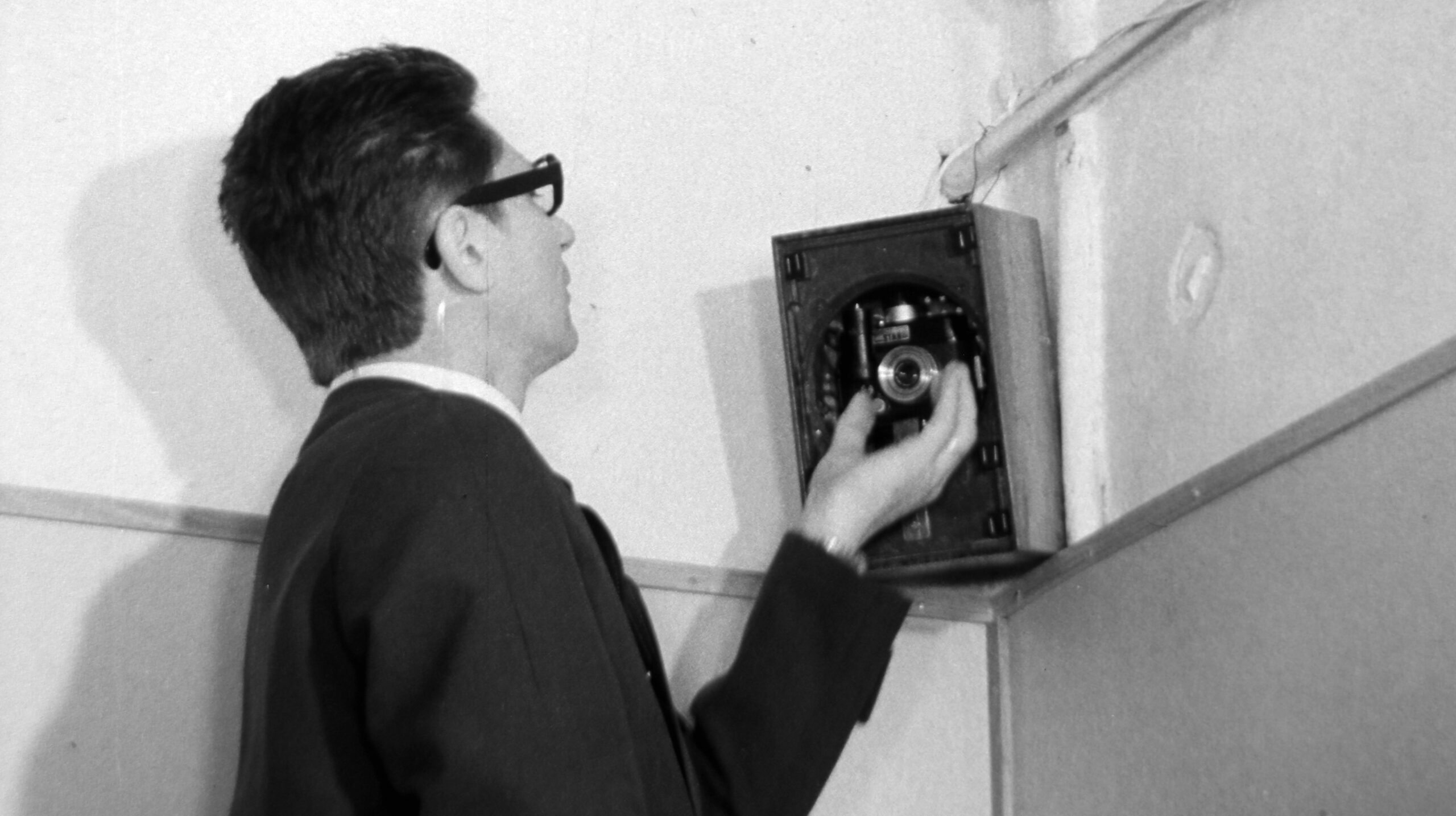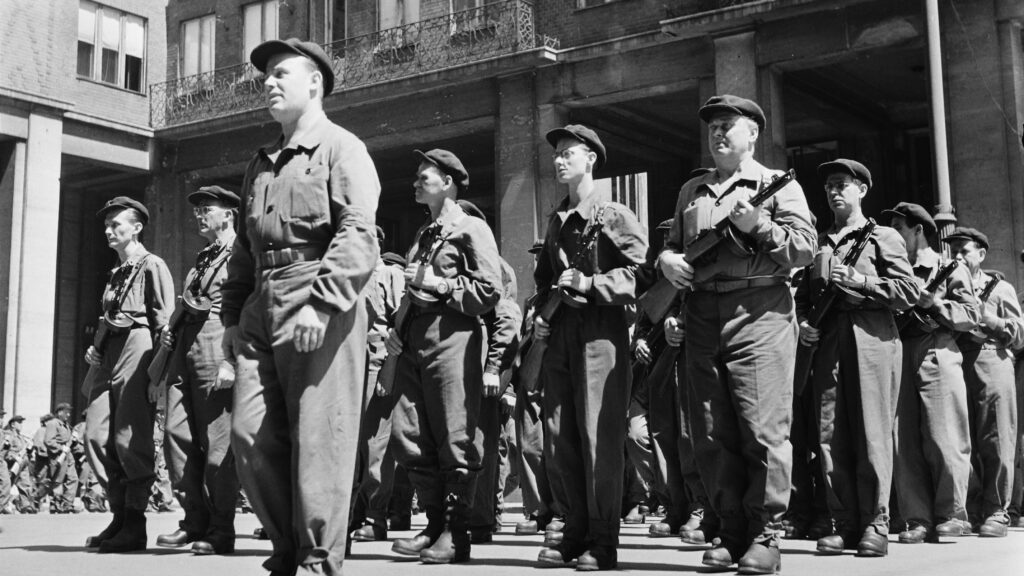The topic of state security is one of the areas that attracts the greatest public interest in Hungary, and the Historical Archives of the State Security Services is one of the most visited research institutions in the country. Despite the fact that ‘agent files’ have been accessible for research since 1997, the issue of informants continues to excite people—so much so that ‘agent hunters’ have managed to build successful careers around it, often making mistakes, acting hastily, or disregarding the human aspects of the issue.
Tibor Takács’s book does not fall into the same trap. Published as part of Jaffa Publishing House’s modern Hungarian history series, it opens with a uniquely toned introduction and a first chapter that focuses mainly on the series A besúgó (The Informer, originally on HBO Max). After that, the author thoroughly defines the concept of the ‘network’, which he uses exclusively to refer to the totality of secret collaborators of the state security services. The network was, in essence, organized like a system: its members were recruited under cover names through a specific procedure, maintained regular contact with their handlers, and were excluded from the network once they could no longer be used or no longer wished to cooperate—all of which was meticulously documented.
The term ‘network’ is somewhat misleading here, since these individuals were unaware of one another—that is, unaware of each other’s status as members of the network. For example, the agents with the cover names ‘Dejkó’ and ‘Dalos’ could not have known about each other, even if the people behind those aliases—the DJ András Arató and the singer Gyula Vikidál—may have been well acquainted. The agents were connected to something, but not to each other—they were connected to state security, specifically through their handlers. The author describes this as an ‘extremely centralized, star-shaped network in which every element was linked to a single centre.’
Joining the network was guaranteed by two factors: the declaration of recruitment and the handler. The recruitment declaration placed legal responsibility solely on the recruited individual; the state security services, for their part, merely promised things like hushing up a criminal case, not using compromising information they had collected on the agent, or providing financial compensation—or whatever means had succeeded in persuading or rather breaking the person. Any misconduct committed during their time as an agent fell under the jurisdiction of a military court.
‘Joining the network was guaranteed by two factors: the declaration of recruitment and the handler’
Naturally, the handler’s role was not limited to merely receiving the agent’s reports. The agent’s sole point of contact with state security was their handler, meaning the agent’s work—and its quality—was largely shaped by that officer. The handler not only managed the agent but also trained and educated them. Ironically, certain positive human traits were expected of agents; for example, honesty was explicitly emphasized. Of course, this referred to being honest with the handler, within a socialist moral framework—meanwhile, the agent had to lie to colleagues, friends, and even family members, whom they were sometimes also required to report on.
Agents recruited under pressure were not exempt from expectations either. A 1957 Ministry of Interior study clarified that even in cases where someone from a ‘hostile environment’ was recruited based on compromising material, ‘the ultimate goal was to change their worldview, to make them understand and accept Marxist–Leninist ideology.’
Ironically, the regime viewed the building and maintenance of the agent network as a tool of social integration, the author argues. Agents were occasionally reassessed, and if it turned out that, following an initial recruitment based on pressure, they had become ideologically convinced and ‘reconciled themselves with the reality of the proletarian dictatorship’, they could even be reclassified as having joined on a ‘patriotic basis’ (ie willingly). Recruitment also served as a means of pacifying dissidents—if the fact of their recruitment became known, it would compromise them in the eyes of their friends. In this way, someone considered hostile to the regime could be kept under close watch and, through their informant activities, gradually turned into a supporter of the system. This effort appeared to succeed: by the 1980s, nearly the entire network—at least 95 per cent—was participating in secret cooperation out of ideological, ‘patriotic’ conviction.
Between November 1956 and 30 June 1989, 48,065 individuals were newly recruited, but including reactivated former agents, at least 55,455 people were members of the network for varying periods during the Kádár era, the author reveals. Including other categories as well, around 150,000 people passed through the political police’s agent network between 1945 and 1989—though, of course, never all at the same time.
After laying down the fundamentals of the agent network, the book presents several compelling case studies to illustrate just how difficult it is to interpret ‘agent fates’ through simplistic frameworks. It explores various forms of collaboration, the role of the network in the post-1956 reprisals, and both straightforward and more complex stories. By the end of the book, readers will have a firm grasp of the key concepts of the history of the state security and will be less likely to view agents’ histories through oversimplified lenses. Takács’s book stands its ground both as a scholarly resource and as a thought-provoking work of popular history.
Takács Tibor, Ügynökök, informátorok, jelentések. Az állambiztonsági besúgóhálózat történetei, Bp, Jaffa, 2024, 208 pages.
Related articles:







